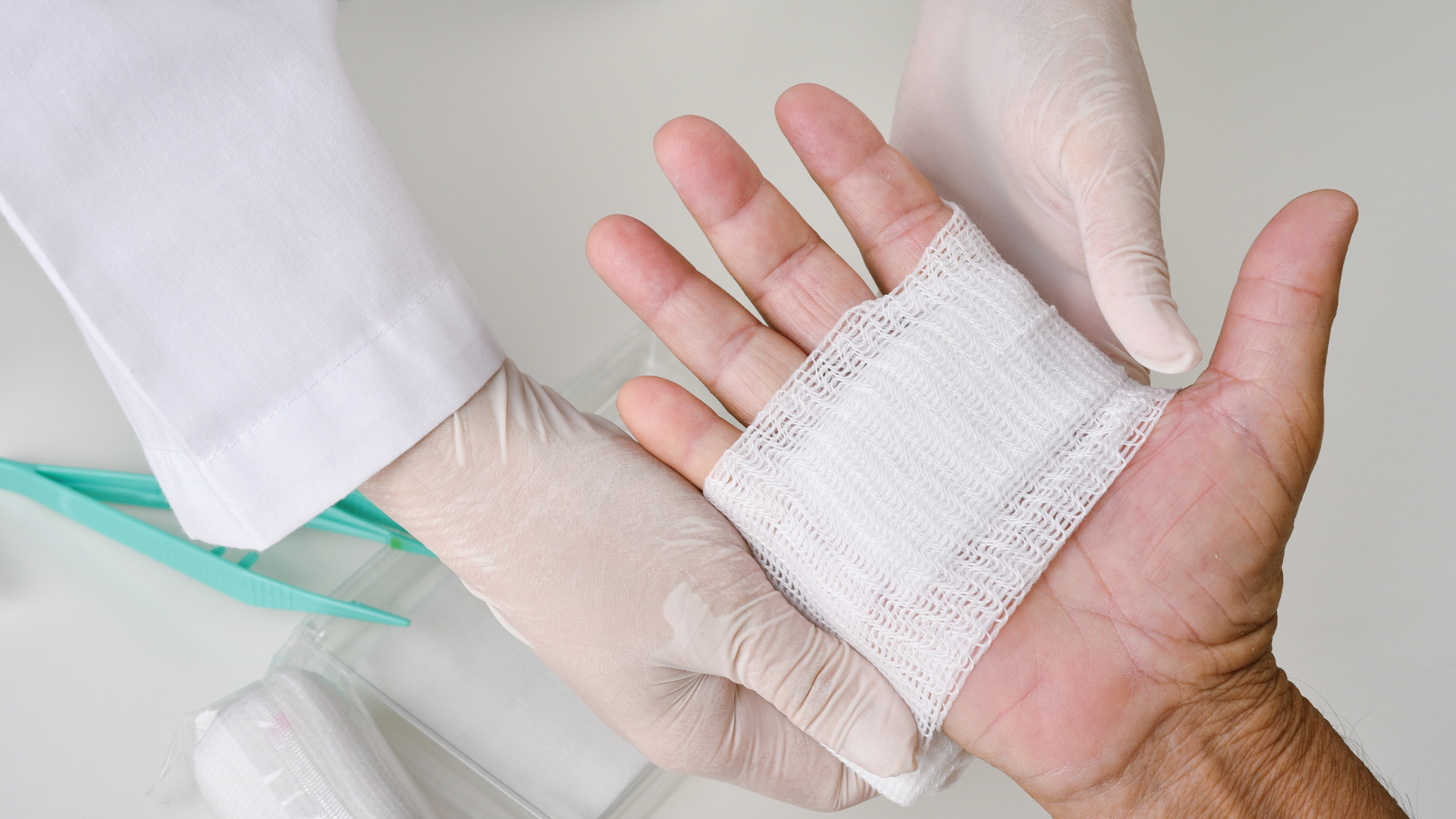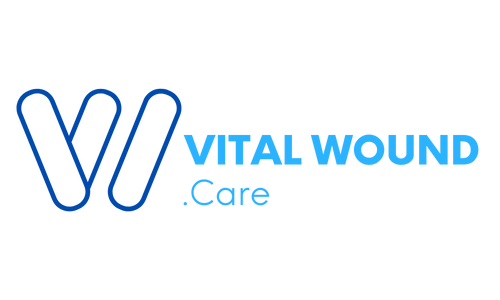Advances in Wound Care Technology: The Future of Healing
Advancements in advanced wound care technology have significantly transformed the wound healing process, particularly in the treatment of chronic wounds such as chronic diabetic foot ulcers. These technological advances have introduced innovative wound care products that aim to promote wound healing and improve patient outcomes. By utilizing methods like wound bed preparation and moist wound healing techniques, healthcare providers can create an optimal environment around the wound area that helps accelerate wound healing and reduces the risk of delayed wound healing or nonhealing wounds.
In particular, the use of stem cells in skin wound therapy has emerged as a promising approach to enhance the healing of chronic wounds. These cells in skin wound healing can stimulate various mechanisms of wound healing and increase the healing potential of nonhealing wounds. Furthermore, advanced wound care technologies have been developed to improve wound repair by reducing wound contraction and enhancing healing rates. As we explore these wound healing modalities, it is clear that they represent a significant leap forward in the management of chronic wounds, offering hope for patients facing the challenges of ulcer healing and achieving complete wound closure.
Understanding Wound Care

Understanding wound care is essential for effective management, especially concerning diabetic wounds and chronic wound care. Traditional methods often lead to delayed healing, making it crucial to adopt advanced therapies and technologies for wound management. Recent advances in skin wound care have shown promise in accelerating healing through improved wound healing techniques that facilitate the migration of cells to the wound. This stimulation of wound healing is pivotal in managing chronic wounds, where wound exudate can complicate the healing process.
Research in wound healing has led to the development of a wound model that helps in understanding the stages of wound healing and the role in wound healing of various factors. Therapies designed to augment wound healing not only improve the healing of wounds but also address the cost of wound care. By implementing a standard of care that focuses on rapid wound healing, healthcare providers can significantly reduce the costs of care associated with chronic wounds and wound management.
The Importance of Effective Wound Management

Effective wound management is paramount for several reasons, primarily its impact on patient quality of life and the economic implications for healthcare systems.
Impact on Patient Quality of Life: Proper wound care not only facilitates faster healing but also reduces the risk of complications, such as infections, which can lead to more severe health issues and extended hospital stays. Patients with chronic wounds often experience pain, discomfort, and limitations in mobility, which can significantly diminish their overall quality of life. By implementing effective wound management strategies, healthcare providers can enhance patient comfort, promote healing, and improve functional outcomes, allowing individuals to return to their daily activities with greater ease.
Cost Implications for Healthcare Systems: The financial burden associated with poorly managed wounds is substantial. Chronic wounds can lead to repeated hospitalizations, extended treatment periods, and increased use of healthcare resources, driving up overall costs for both patients and healthcare systems. In fact, studies indicate that chronic wounds account for billions of dollars in healthcare expenditures annually. By investing in effective wound care practices and technologies, healthcare systems can reduce these costs while improving patient outcomes, ultimately benefiting both patients and providers alike.
Innovations in Wound Care Technology

Innovations in wound care technology have revolutionized the management of both acute wounds and chronic wounds. Traditional wound care methods often led to prolonged healing time and ineffective outcomes. However, advancements in wound healing research have introduced therapies that focus on enhanced wound healing by promoting migration to the wound site. These new therapies are particularly effective in controlling wound volume and creating an optimal wound environment for recovery.
Moreover, innovative approaches are proving vital in the healing of diabetic ulcers, which are notorious for being difficult to treat. By utilizing advanced materials and techniques, healthcare providers can now offer targeted therapy for chronic wounds that significantly improve the wound healing process. As chronic wounds affect millions worldwide, ongoing developments in the field promise to transform patient outcomes and enhance the overall healing of skin across various conditions.
The Future of Wound Care Technology
The future of wound care technology is poised to revolutionize the management of both acute and chronic wounds. Advances in materials science and biotechnology are enabling the development of smart dressings that can monitor healing processes in real-time. These innovative dressings can deliver medications directly to the wound site, significantly enhancing wound healing using targeted therapies.
Moreover, the integration of artificial intelligence and telemedicine is transforming the way healthcare providers assess and treat wounds. By analyzing data from wearable devices, practitioners can tailor treatment plans based on individual patient needs, leading to improved outcomes for chronic wounds that often require long-term care.
In addition to these advancements, regenerative medicine techniques, such as stem cell therapy and bioengineered skin substitutes, are set to play a crucial role in the future landscape of wound care. As technology continues to evolve, the field will increasingly focus on personalized approaches that address the unique challenges associated with various types of wounds.
Conclusion
In summary, the landscape of wound care technology has undergone significant transformations, marked by advancements that are reshaping the way we approach healing. From advanced dressings that promote moisture retention to biologics and negative pressure wound therapy, these innovations are enhancing patient outcomes and streamlining the healing process. Additionally, the integration of telemedicine and 3D printing is revolutionizing wound management, providing tailored solutions that cater to individual patient needs.
Looking ahead, the future potential of these innovations is immense. Emerging technologies like artificial intelligence, nanotechnology, and wearable devices hold the promise of further improving healing outcomes and making wound care more efficient. These advancements not only enhance the speed and effectiveness of healing but also facilitate more personalized and responsive care for patients, ultimately leading to better quality of life.


